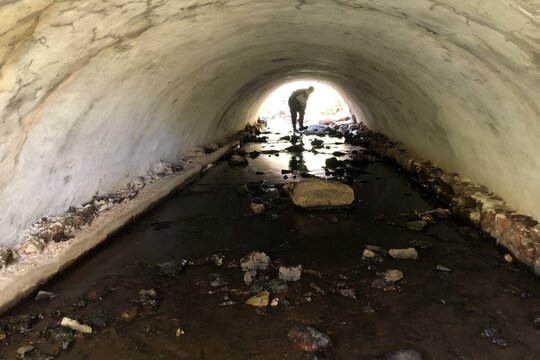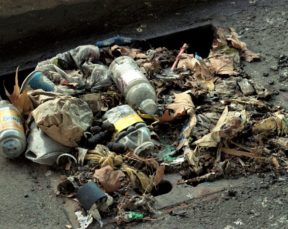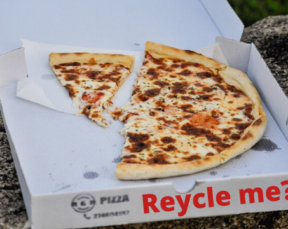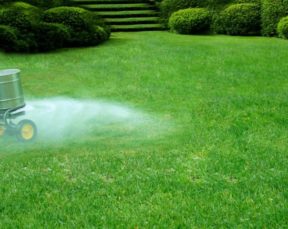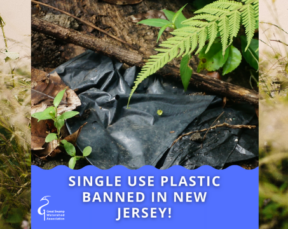By Adam Palmer, GSWA Education Associate
This summer and fall, GSWA teamed up with NY/NJ Harbor Estuary Program to work with the North Atlantic Aquatic Connectivity Collaborative (NAACC) to help them conduct their culvert assessment protocol on stream crossings in the Great Swamp Watershed. NAACC is an “effort to bring together conservation organizations, local citizens, and state and federal natural resource and transportation agencies to facilitate the exchange of information as well as collaborate on efforts to improve aquatic connectivity.”
This has been a fantastic effort, not only to help collect information for this great initiative, but also because GSWA staff was able to observe stretches of streams that normally don’t fall into our sampling scope. GSWA, following the NAACC protocol, assessed just over fifty stream crossings in order to identify high priority bridges and culverts for upgrade or replacement, as well as observing stream connectivity. No task is without some difficulty however, and oftentimes staff, interns, and volunteers had to brave large fishing spiders, deep scour pools and lots of mud as they measured the lengths and other dimensions of the structures.
As well as ensuring that these crossings are in good shape for aquatic connectivity, the program also takes note of suitable dry passage for terrestrial animals which is beneficial to the overall health of the ecosystem, and can also reduce potential damage to people’s vehicles around areas where they can cross safely under the streets and roads.
In a world where we continue to develop and fragment habitats, ensuring that there is continuous passage for the wildlife is a vital and meaningful undertaking.
A special thanks to NY/NJ Harbor Estuary Program for providing funding to GSWA to conduct this important work!
